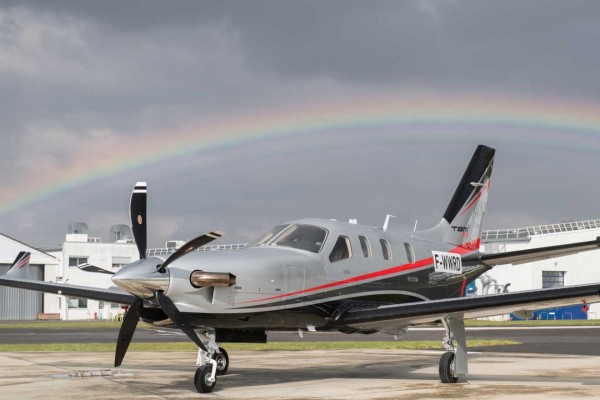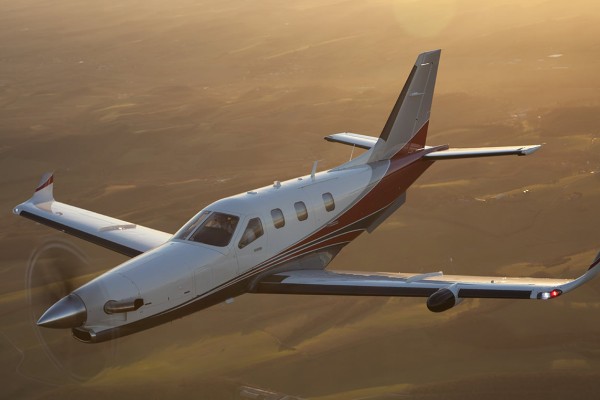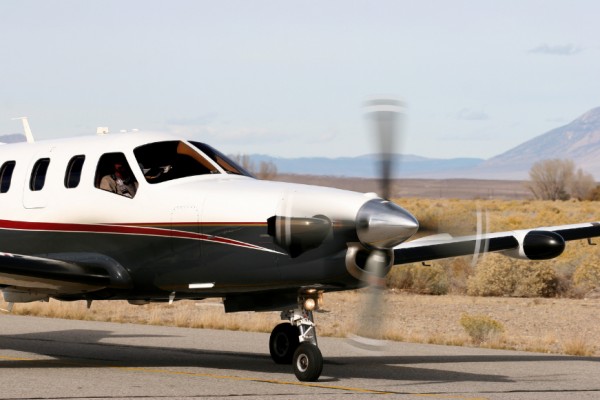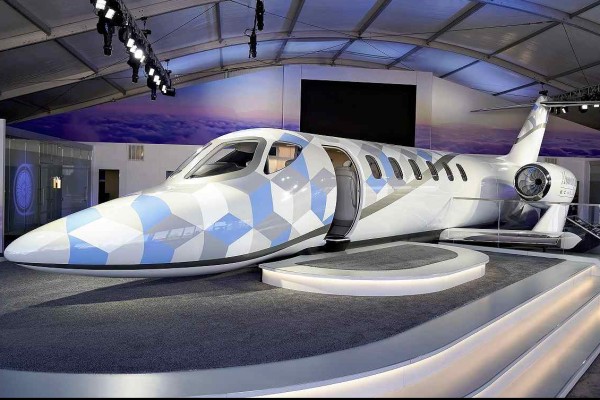- Civil Aircrafts
- 1 year before
Cessna C172
Discover how the iconic Cessna 172 became the highest-produced aircraft in history through its early development, broad appeal as a pilot training aircraft
-

- 2 years before
- Category: Civil Aircrafts

The Cessna 172, the most used aircraft in the aviation world, holds the record in this field with sales of over 44,000. This 4-seater, single-engine aircraft is used for training purposes in many parts of the world, but it is also preferred by military, commercial and individual users.
Birth of a Legend
In 1955, engineers at Cessna wanted to implement a new landing gear system in the Cessna 170 aircraft. Cessna engineers unwittingly came up with a revolutionary new design, removing the tail-side wheel found in conventional landing gear and replacing it with a landing gear mounted under the engine at the front. Although the fuselage was identical to that of the Cessna 170, they subsequently applied for a new certification for the 172 model, as the modification of the landing gear changed the characteristics of the aircraft. In 1955, Cessna engineers introduced a major innovation with the new landing gear design, producing 1,400 of the 172 model in a year, as well as the company's most important product.
Different Engine Option
In the early years of production of the Cessna 172, the aircraft was powered by a 6-cylinder, air-cooled, and 145 Horsepower Continental engine. In 1968, Cessna terminated its contract with Continental and continued production with 4-cylinder, 150-horsepower Lycoming engines from the Cessna 172I, which began production that year. When the Cessna 172N went into production in 1977, the 160-horsepower Lycoming O-320-H2AD engine was powered by 100 octane fuel (earlier engines were powered by 80/87 octane). preferred. However, this engine was not used later, as it caused problems after a few hundred hours of use. The Cessna 172P was switched to the Lycoming O-320-D2J engine. Cessna then continued production of the 172 with Lycoming IO-360 series engines with 160 and 180 horsepower.
Flight Electronics (Avionics)/Equipment Modifications
The Cessna 172, produced in 1955, was more mechanical compared to its contemporary relatives. Cessna engineers made the first significant change in the cockpit (pilot's quarters) to this day with the 172C model. In the Cessna 172s, which were previously called “pull-starter” and were equipped with the help of a metal cable, the key starter was switched to the key starter system along with the C version, and at the same time the end user was offered the option of autopilot. The second of the most important changes was made with electric flaps on the wings of the aircraft in the 172F model. In the 172M model, the aircraft, which could add a second navigation (ing.: navigation) and communication device, also had nose-mounted dual landing lights. By 1978, Cessna engineers had reduced the aircraft's internal electrical system from 28 volts to 14 volts and also added the air conditioning option as a feature. The Cessna reduced the maximum flap pitch angle from 40 degrees to 30 degrees in the P model. On the S model of the aircraft, Garmin 1000 series electronic indicators also took their place in the cockpit of the Cessna 172.
How Much Does a Cessna 172 Cost?
The Cessna 172 was offered for sale at US$8,995 in the years of its first production. Increasing in each new and more advanced model until 1975, its price increased to $20,000, also under the influence of inflation. By the time of the 11-year pause in production between 1986 and 1994, its price rose to the level of 40,000 dollars. Currently, the 172S model is available for $375,000-$400,000 with Garmin 1000 equipment.
The Legend of the Cessna Skyhawk
Cessna painted strips on the aluminum body on its Cessna 172 and 172A models until 1960. They initially wanted to release the “deluxe” package, in which the entire aircraft was painted on the 172B model, but later renamed it the “Cessna Skyhawk”, and the Skyhawk name became identified with the Cessna 172.
Structural Development
The Cessna 172 made the first of its most distinctive exterior features with the A model. The aircraft's tail, which was previously designed to be straight (perpendicular to the ground), became the swept tail in the 172A model. The Cessna 172 and 172A models could be affected by windy weather when taxiing. For this reason, the height of the landing gear was reduced in the 172B model, which was produced towards the end of 1960. In addition, along with the 172B model, a tailgate was added to the aircraft. When the Cessna 172 was first produced, its windshield was 2-piece and did not have a rear window that saw the tail section. With the 172D model, which it released in 1963, the windshield became a single piece, and a rear window was added, which Cessna called Omni Vision. With the Cessna 172K, some changes were made to the glass and tail design to improve the performance of the aircraft. Along with the 172M model, the drooping wing structure appeared for the first time.

Source: Flyive




